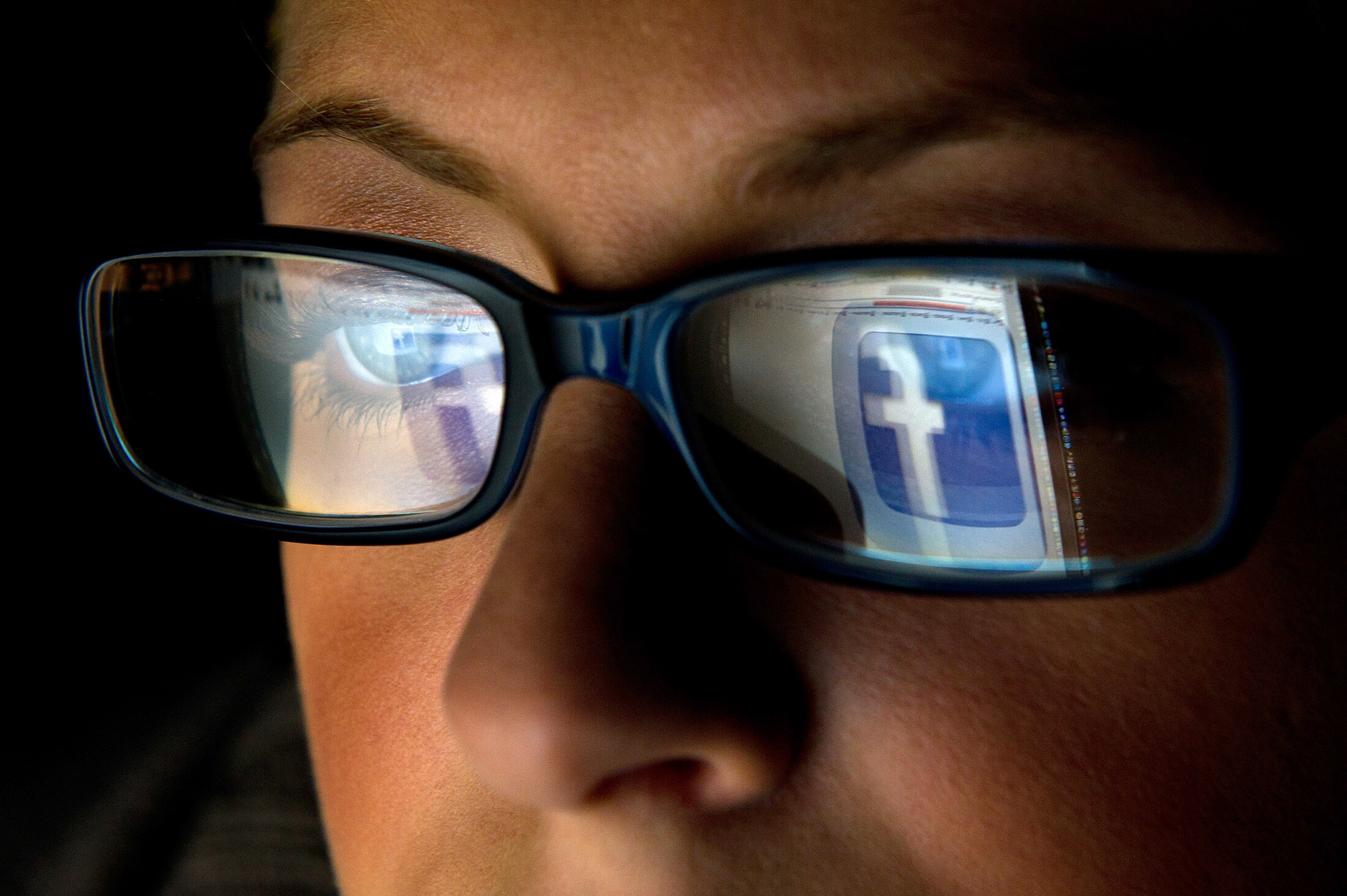From the commercial, marketing and communication departments … there is always a common goal: to reach with your message all the hypothetical future clients of the place where we work, whether offering products or services.
Traditionalism and not betting on innovation, sometimes creates an unnecessary barrier, because if something has encouraged that it is increasingly easier to target the target that we really care about, it has been the great advances in communication that make that we live connected.
 It is important to bear in mind that many times we obsess, and not only do direct studies, but go looking for our hypothetical clients through the channels they use, know what they like and also how we can get better to them Since at present we have several methods: mobile, email, social networks, call center, digital advertising, posters …
It is important to bear in mind that many times we obsess, and not only do direct studies, but go looking for our hypothetical clients through the channels they use, know what they like and also how we can get better to them Since at present we have several methods: mobile, email, social networks, call center, digital advertising, posters …
The user, to this day, is different from how many times we raise from our strategy. It has an autonomous attitude, and therefore does not usually go directly to our company to ask for information, but, itself, is looking for information, prices and comparing when you are interested in something in particular, therefore, we should not be prepared To inform you when you are interested, we have to anticipate your search and comparison of products and services of the competition, offer you a friendly, human, close and at the same time leave your space to be aware that you will choose us freely, although Just for comfort.
I recommend some guidelines to take into account in order to create this process of “overtaking” the user’s actions:
- Reorganize the initial chaos that can be suffered by the client. Manage your information and adapt it to what you are really looking for. Do not overdo it with cross-selling.
- Document us. Through our databases, make sure we have information about the customer.
- Seek to optimize the user experience . Dynamic contents that allow you to interact with it.
- Avoid negative image. Be prepared for attacks and arguments to defend ourselves as well as techniques (discounts, call center …) to erase that image from the mind of the hypothetical consumer.
- Employing tools that allow us to know the client (SAS type) in order to search the channels and methods of communication that our customers want, if we communicate in the way that they less “attacked” feel, we are more likely to be receptive towards our messages.
All these details are very important, the problem is that, at times, we tend to want to do everything above instead of deepening point by point.
Normally, the user has up to 60% of all information that could help us to promote their consumption, and yet, in most cases, we only use 5% of it, Conclusion? We must learn to analyze and know how to use this information in improving , anticipating and satisfying all those needs that we can offer to users.